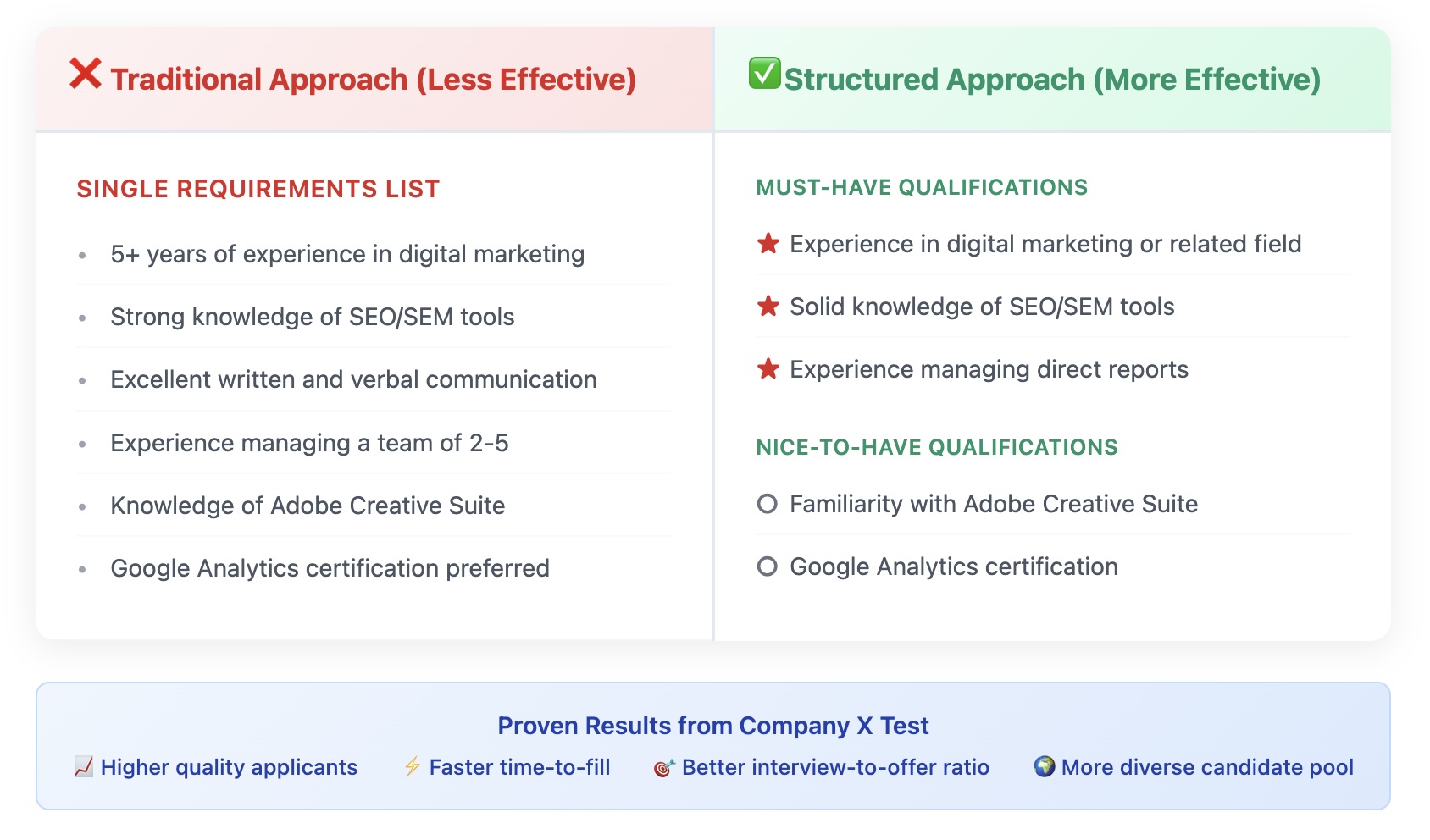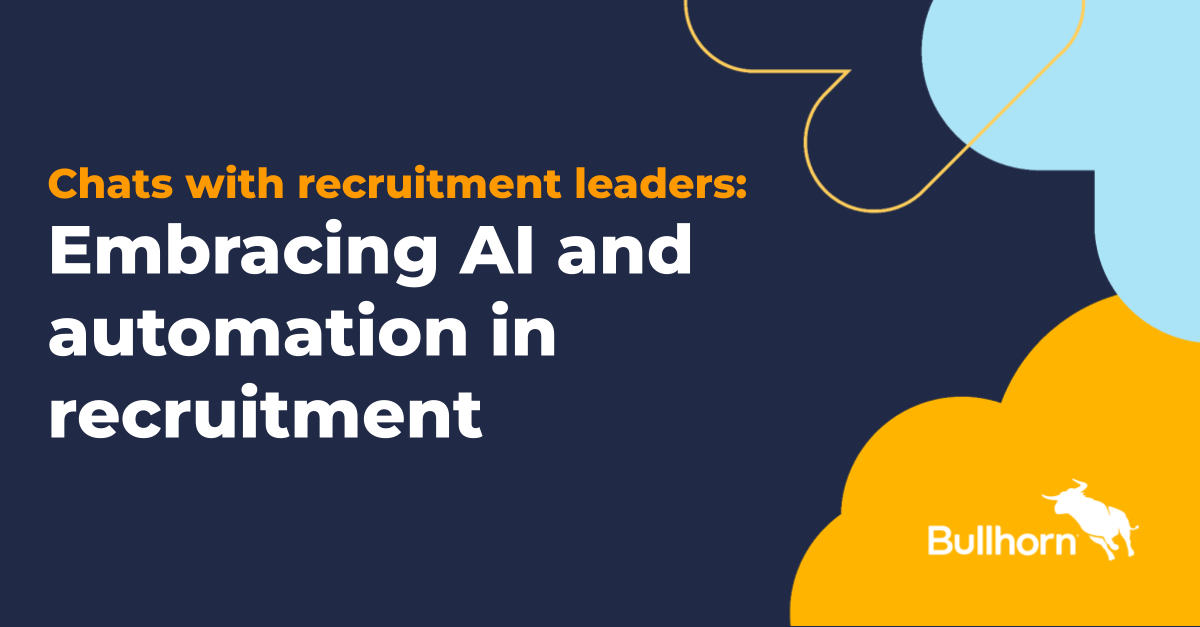10 Apr Turning Workplace Injuries Into Real-World Solutions That Benefit Everyone
Implementing a successful return-to-work program can be a complex process, yet it’s crucial for both employees and employers. Addressing challenges such as communication gaps and resource constraints is vital for seamless reintegration. A well-structured program not only aids in recovery but also boosts team morale and productivity.
Return-to-work programs play an essential role in supporting employees who are recovering from a workplace injury. These programs are designed to facilitate the transition back into the workforce by addressing both the physical and psychological aspects of returning to work. The importance of these programs cannot be overstated, as they benefit not only the individual employee but also the organization as a whole. A well-executed return-to-work program ensures that employees feel valued and supported, which can significantly enhance their motivation and performance upon re-entry.
Common Challenges in Return-to-Work Programs
One of the primary challenges in implementing an effective return-to-work program is communication gaps. These gaps often arise between HR departments, medical providers, and the affected employees, leading to misunderstandings and delays in the reintegration process. Clear and consistent communication is essential to ensure all parties are aligned with the program’s goals and procedures. Without it, employees may feel isolated or confused about their roles and responsibilities upon returning.
Another significant hurdle is limited resources, which can impede the effectiveness of a return-to-work program. Budget constraints might limit access to necessary tools or modifications that facilitate an employee’s return. Organizations must prioritize resource allocation to address these barriers effectively. By doing so, they create an environment conducive to recovery and productivity, ultimately benefiting both the employee and the organization.
Resource allocation and timing present additional challenges that HR professionals must navigate. The coordination of medical appointments, workplace modifications, and training schedules requires careful planning and flexibility. Organizations often struggle with balancing the needs of returning employees against operational demands, particularly in smaller companies where staffing resources may be limited. This delicate balance requires creative solutions and careful consideration of both short-term accommodations and long-term sustainability.
Actionable Strategies for HR Professionals
Improving communication channels is vital for overcoming obstacles within return-to-work programs. HR professionals should establish regular check-ins with employees and medical providers to ensure clarity and consistency in communication. This approach helps in identifying potential issues early on, allowing for timely interventions. Additionally, utilizing technology such as collaborative platforms can streamline communication processes, making information more accessible.
Optimizing resources requires strategic planning and prioritization from HR teams. Investing in ergonomic assessments or workplace modifications can make a significant difference in accommodating returning employees. Furthermore, leveraging community partnerships or government incentives can provide additional support without straining organizational budgets. By being proactive in resource management, HR professionals can facilitate smoother transitions for employees.
Developing comprehensive documentation protocols is another crucial strategy for successful return-to-work programs. HR professionals should create detailed templates and checklists that track progress, document accommodations, and monitor compliance with medical recommendations. This systematic approach not only ensures consistency in program implementation but also provides valuable data for program evaluation and improvement. Regular reviews of documentation can help identify patterns, anticipate challenges, and refine processes for future cases.
Enhancing Team Morale and Productivity
Successfully navigating the challenges of return-to-work programs has a positive ripple effect on team morale and productivity. When employees witness their colleagues being supported during recovery, it fosters a sense of camaraderie and trust within the organization. This supportive environment encourages teamwork and collaboration, essential components of a high-performing workplace.
The role of HR is pivotal in creating an inclusive atmosphere where every employee feels valued and respected. By addressing reintegration hurdles effectively, HR sets a precedent for how workplace injuries are handled compassionately and efficiently. This not only boosts morale but also enhances overall productivity as employees feel empowered to perform at their best.











